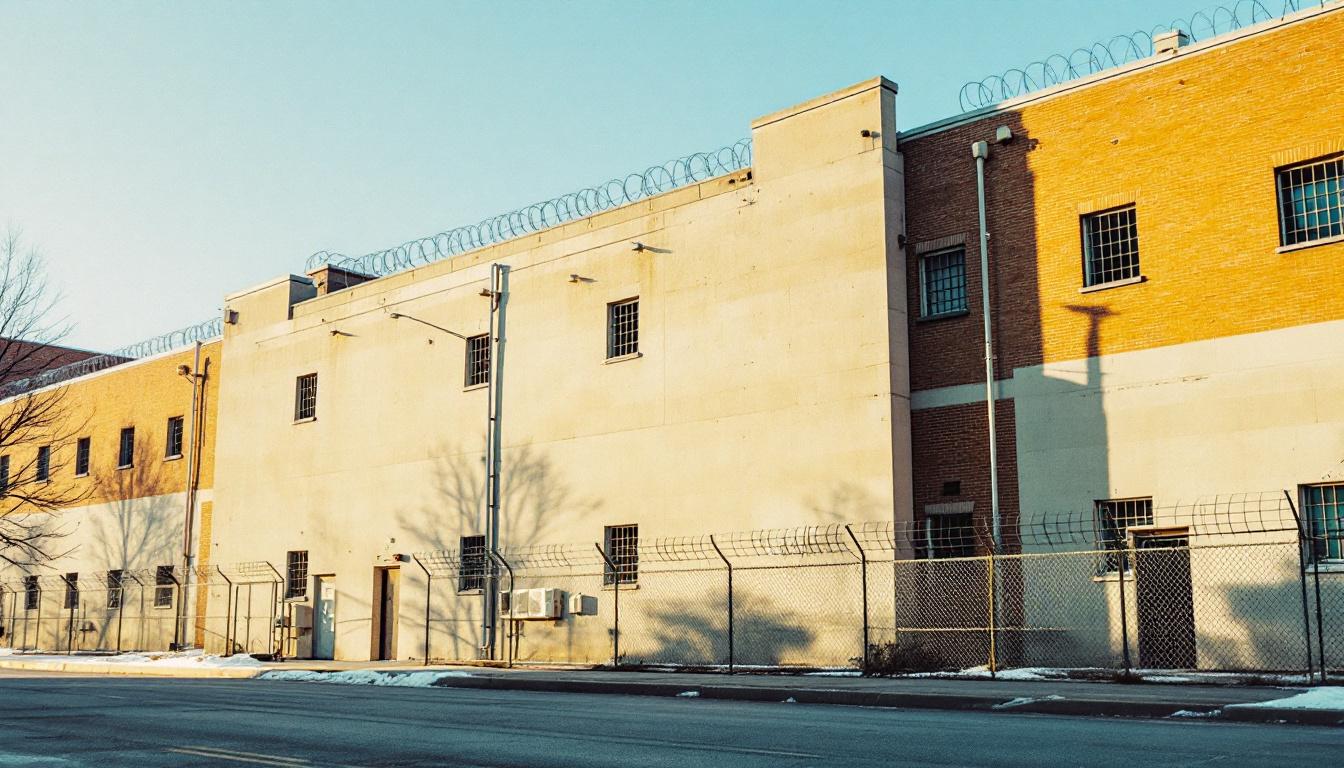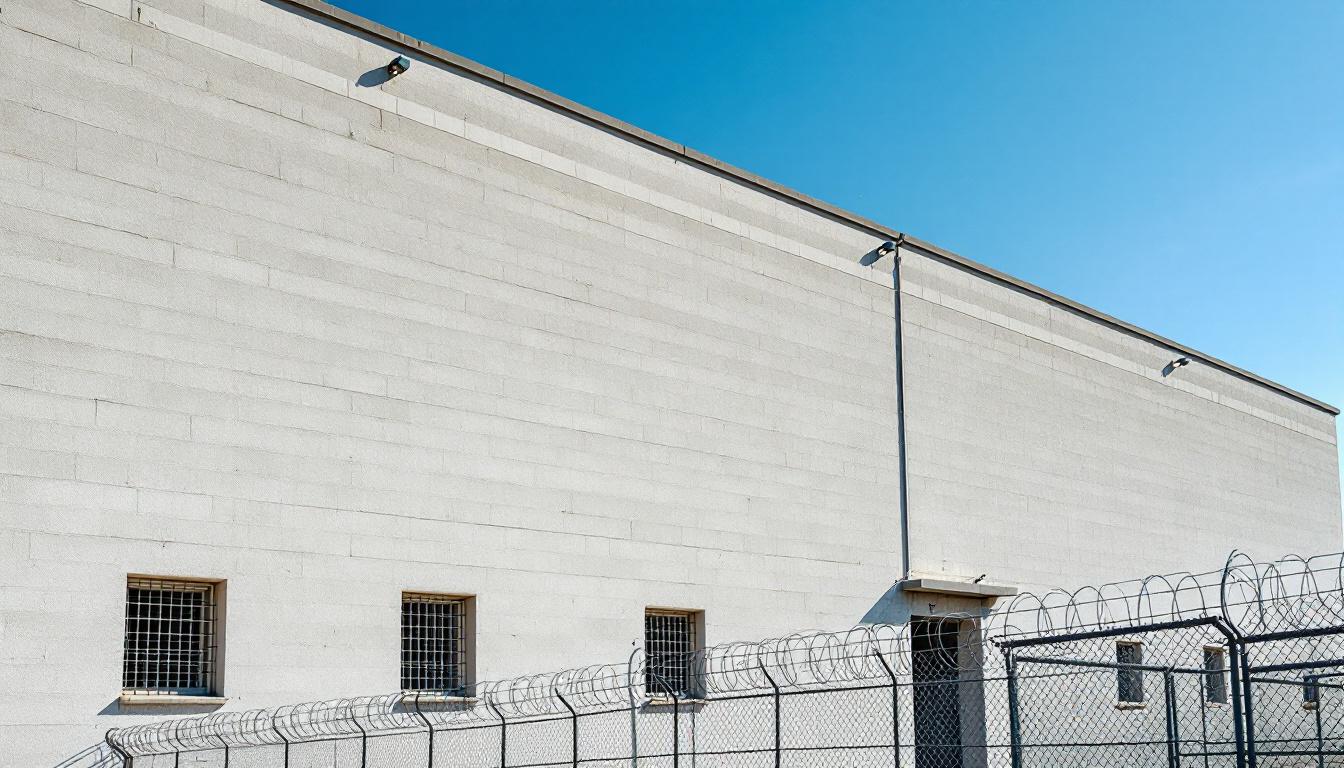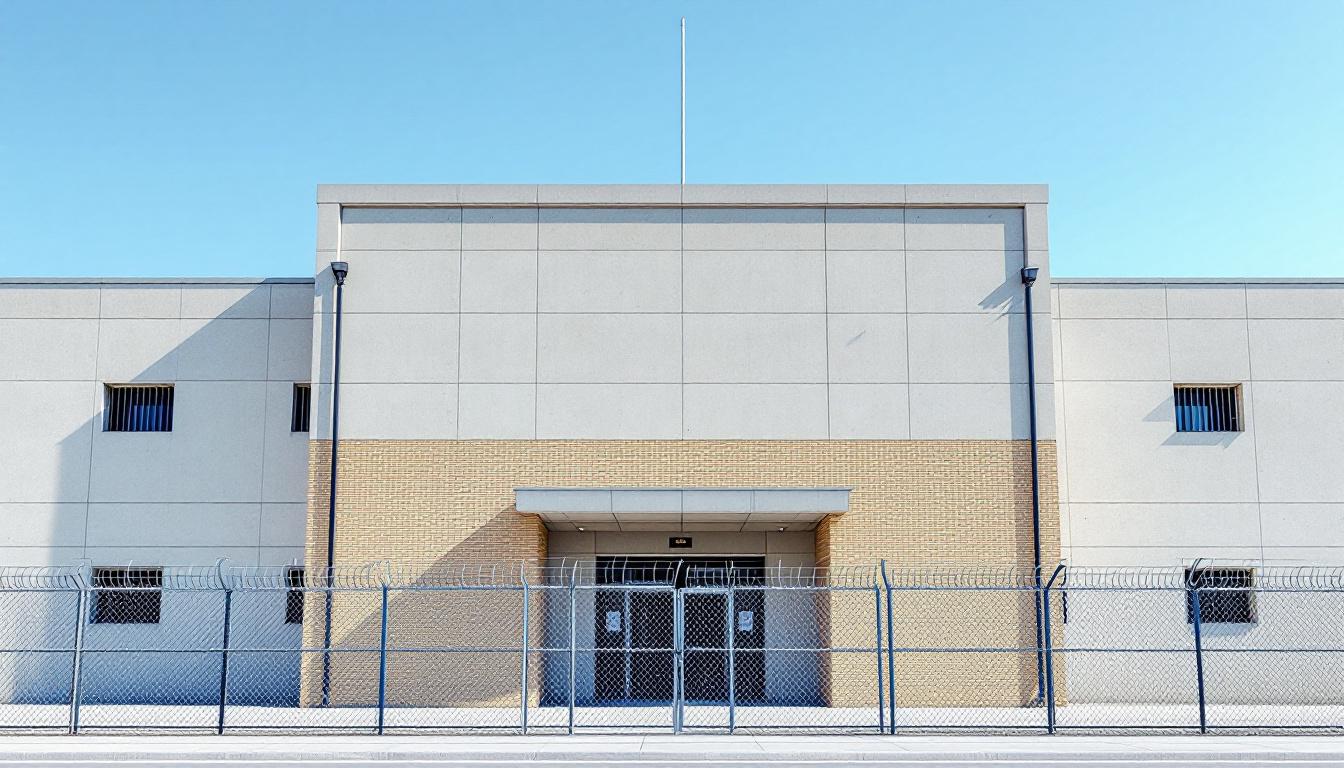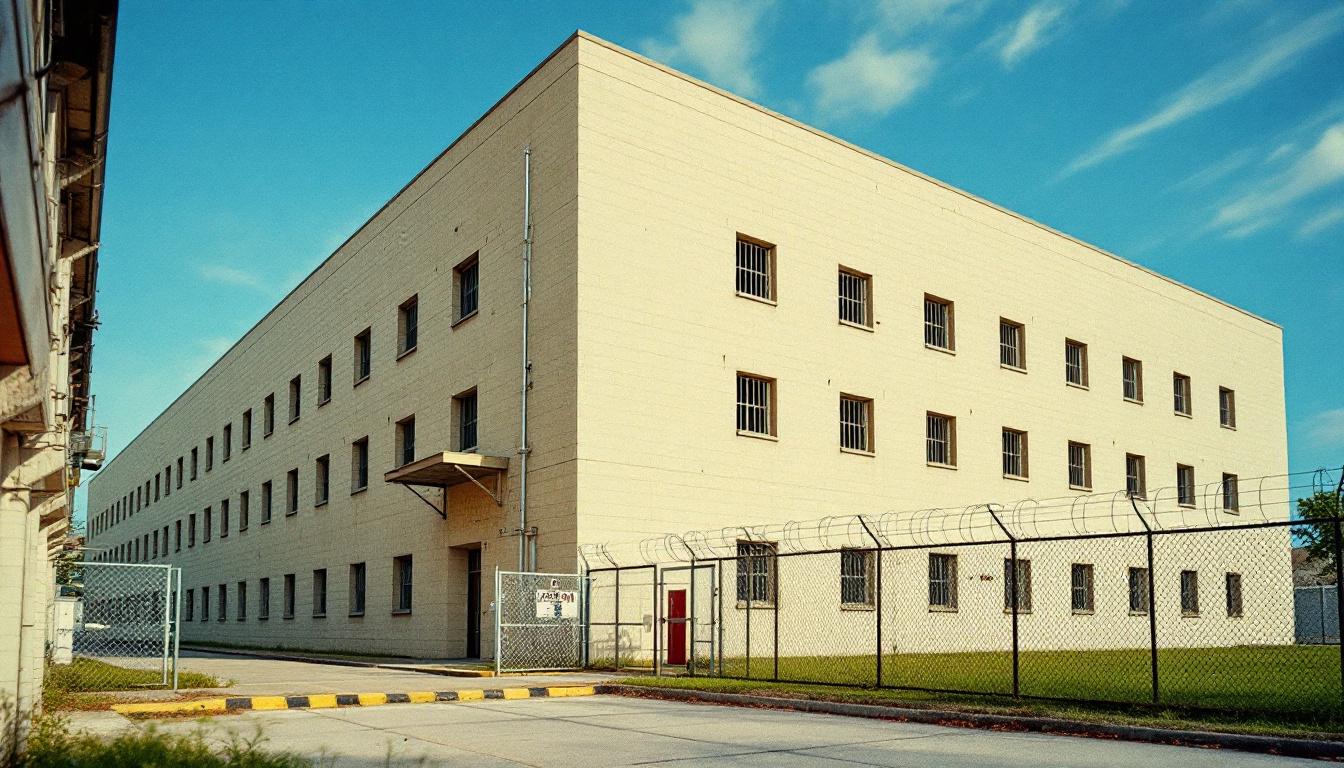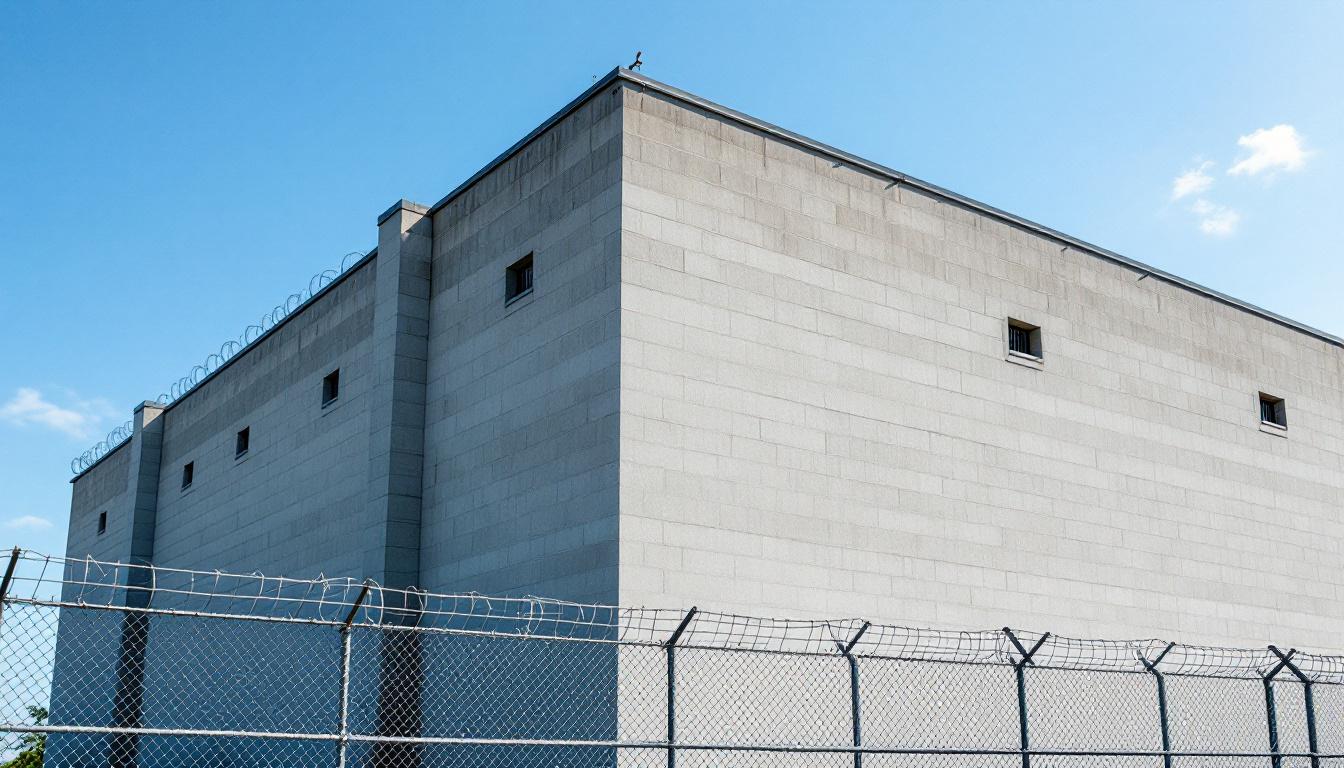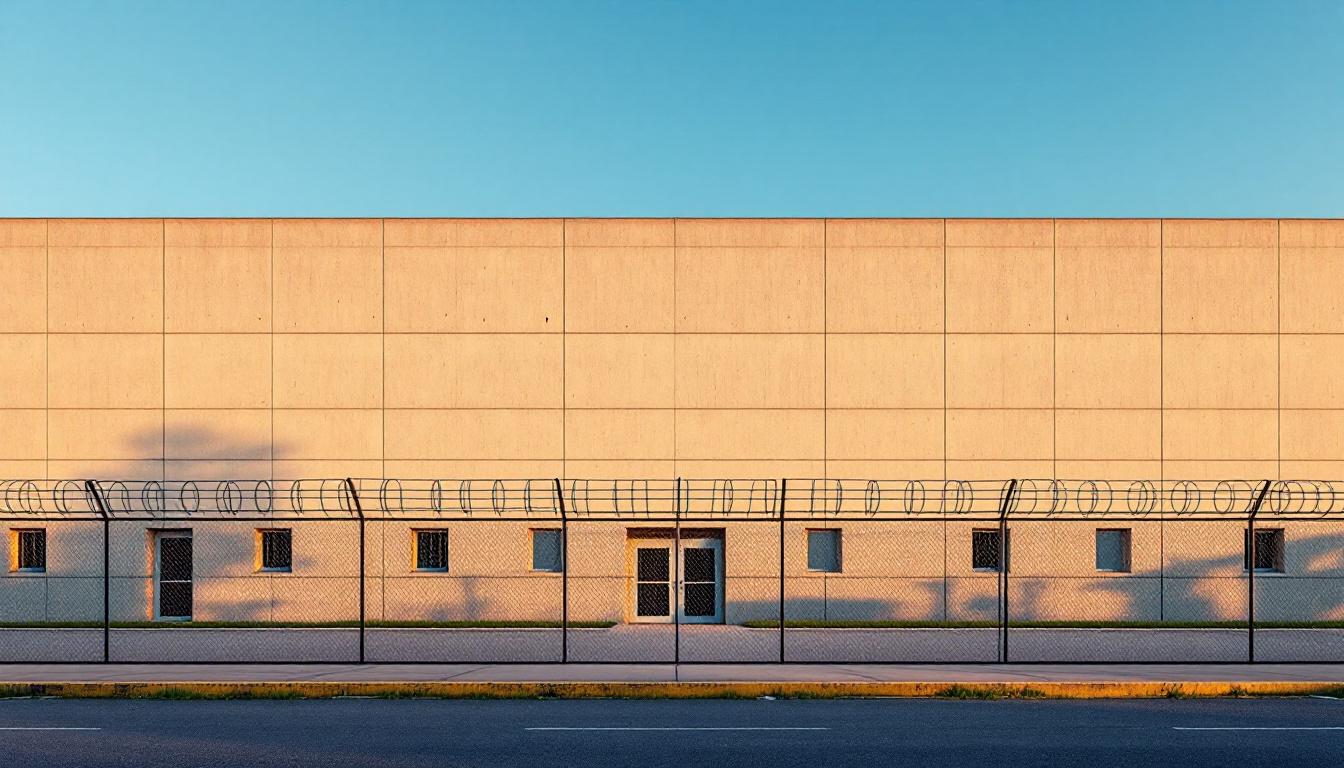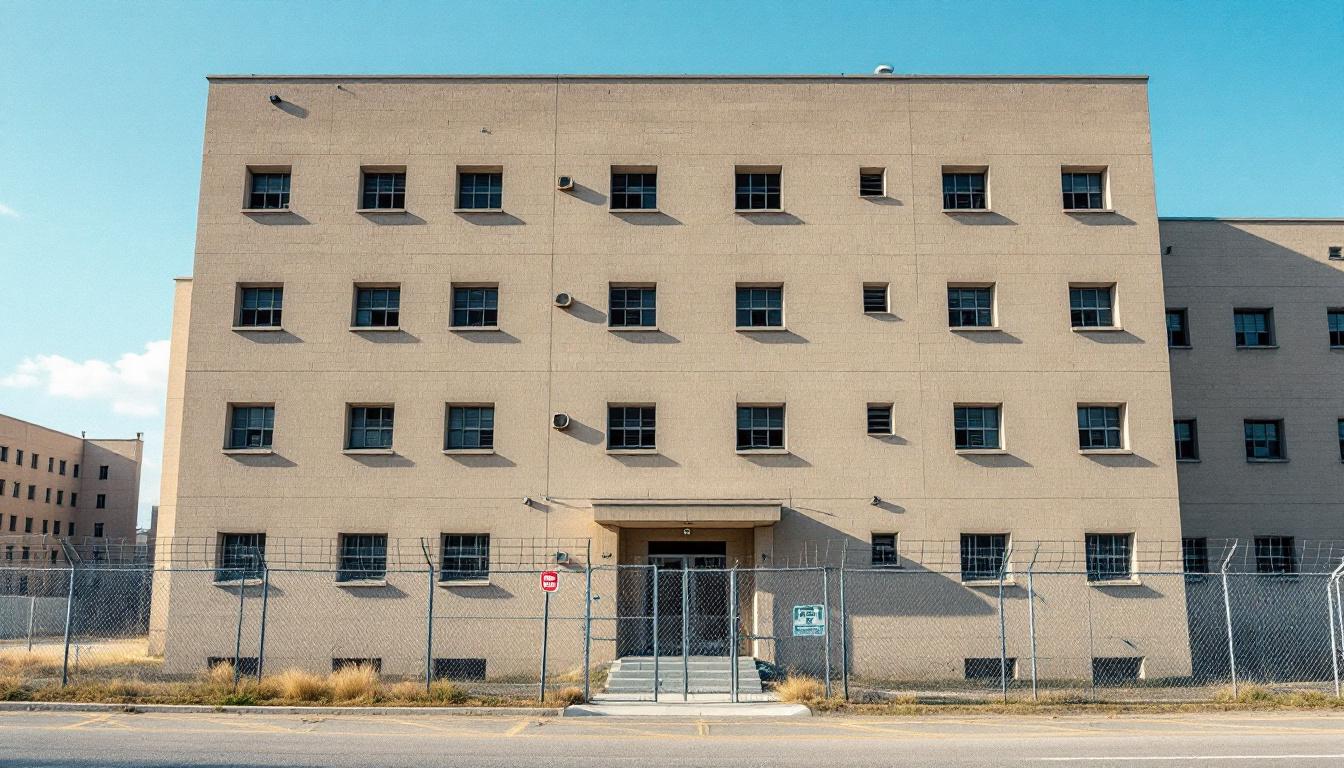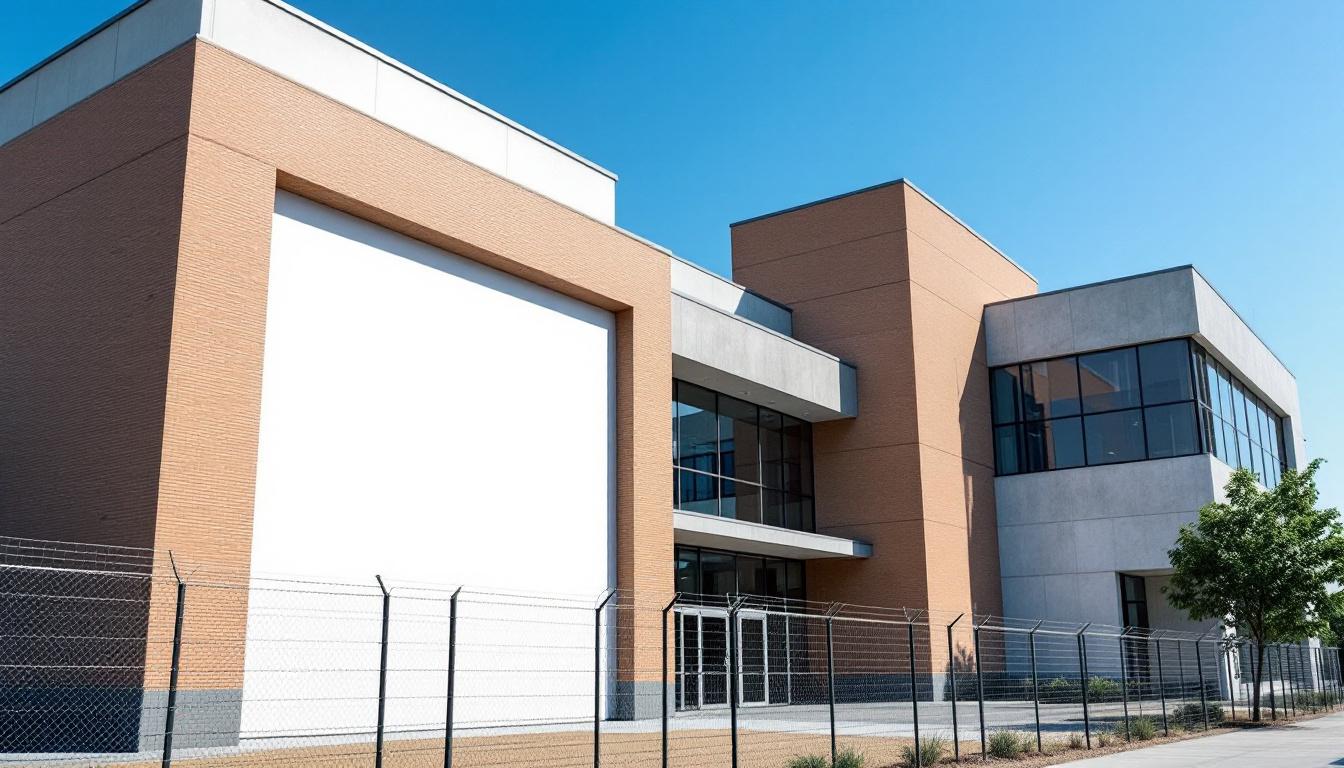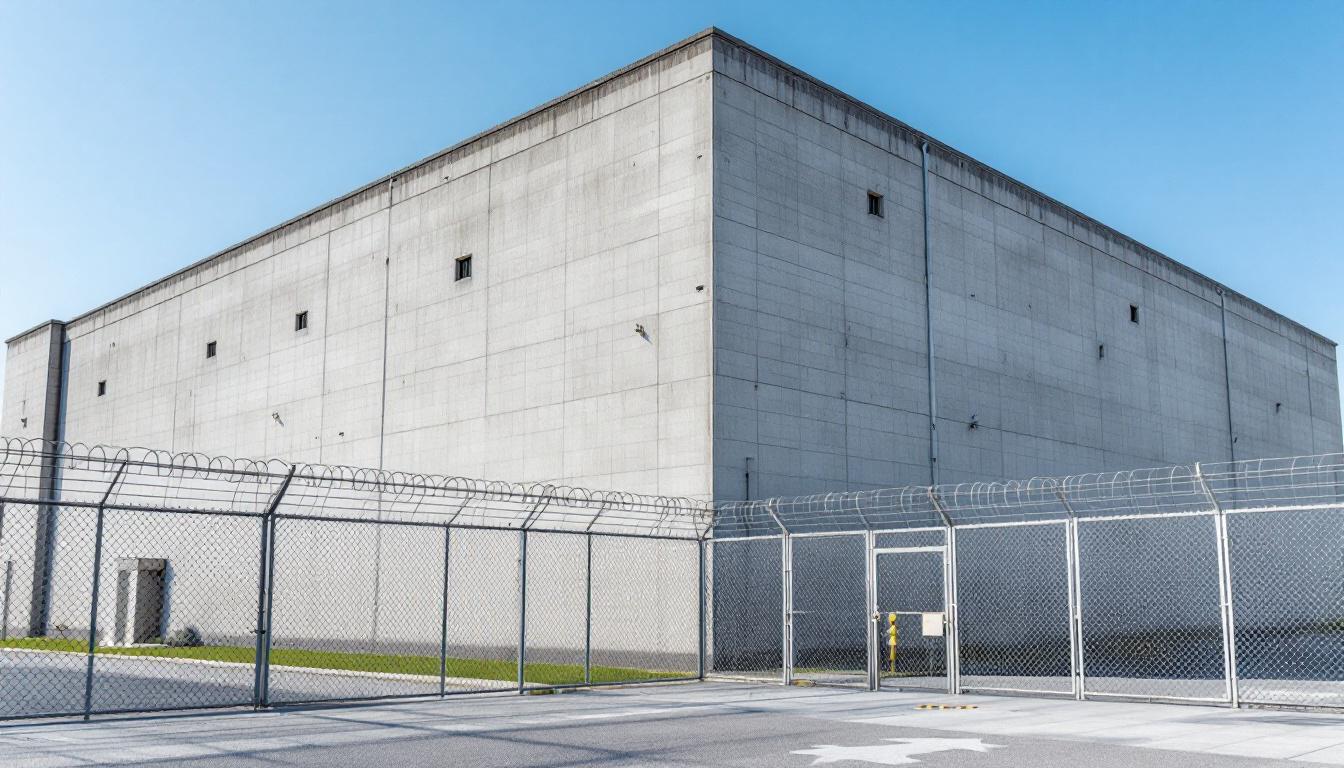
Quick Navigation
How to contact an inmate at Draper Correctional Center
This comprehensive guide will walk you through how to connect with an inmate at Draper Correctional Center. Follow the steps below to find an inmate and send letters and photos:
- Search for the inmate using our search tool below
- Create your account or log in to Penmate
- Write your message (up to 6,000 characters)
- Send instantly - inmates receive printed copies daily
Find an Inmate
Search for an inmate to start communicating today
Tip: You can search by first name, last name, or inmate ID number
To contact a person at Draper Correctional Center start by searching for the person on the official facility website. Perform a search by following these steps:
- Step 1: Enter their first name and last name into the search form and click "Search"
- Step 2: Locate their inmate record
- Step 3: Write down their Inmate ID and any housing information provided
Important! Be sure to enter the person's full name. Nicknames should not be used.
How to Send Messages to Inmates

You can use your phone or computer to send emails, letters, and photos to an inmate. Messages are sent electronically to inmate tablets or kiosks at the facility. If you would like to send a message, start by searching for an inmate at Draper Correctional Center.
Sending Photos and Postcards

A great way to send love and support to a loved one at Draper Correctional Center is to send photos and postcards. It only takes a few minutes to send photos from your phone and it makes a huge difference. You can also mail postcards with words of support and inspiration, or design your own postcard for special moments like birthdays and holidays.
Important! Be sure not to send any explicit photos or they may not be approved by the facility. You can also use a photo printing app like Penmate to make sure your photos are printed at the correct size (4x6 or 3x5) and are mailed according to the rules and regulations of Draper Correctional Center.
Frequently asked questions about Draper Correctional Center
-
How long does it take to deliver a message?
If you're sending an email message your letter is usually delivered within 24-48 hours. For messages sent via mail you should expect delivery within 3-7 days. All messages will need be approved by Draper Correctional Center.
-
How much does it cost to send a message to Draper Correctional Center?
You can send a message free using your phone or mail a message via USPS for the price of a $0.60 stamp and envelope. You can also purchase credits or e-stamps from services starting at $1.99.
-
What services can I use to contact an inmate at Draper Correctional Center?
Penmate
You can use Penmate to send letters and photos to an inmate from your phone. It's an easy way to stay in touch during your loved one's incarceration. Use the inmate locator to find an inmate's location and contact information, then you can send messages within a few minutes.
Securus messaging
Securus may be another option for communicating with an inmate at Draper Correctional Center. You can create a friends and family account and purchase credits to send messages. All messages will be reviewed and must be approved by the facility.
JPay
Some county jails and state prisons may support sending messages with JPay. You must register an account with the system, find your loved one, and purchase stamps to send messages. For some locations you can also attach photos.
Smart Jail Mail
You may also check if Smart Jail Mail is available at Draper Correctional Center. Smart Jail Mail is operated by Smart Communications and has contracted with some state and county jails. After purchasing credits, your messages and photos are sent to the facility, printed out, and then handed out to your loved one.
-
What is the mailing address of Draper Correctional Center?
Mailing address:
Draper Correctional Center
2828 AL-143
Elmore, AL 36025
Phone: (334) 567-2221 -
What are the visiting hours at Draper Correctional Center?
Visiting hours at Draper Correctional Center vary by housing unit and security level. Generally, visits are scheduled on weekends and holidays, with some facilities offering weekday visits. Contact the facility directly at (334) 567-2221 or check their website for the current visiting schedule. Visits typically last 30-60 minutes and must be scheduled in advance.
-
What items are prohibited when sending mail to Draper Correctional Center?
Prohibited items typically include: cash, personal checks, stamps, stickers, glitter, glue, tape, staples, paperclips, polaroid photos, musical or blank greeting cards, hardcover books, magazines with staples, and any items containing metal or electronics. Only send letters on plain white paper with blue or black ink. Photos must be printed on regular photo paper (no Polaroids). Always check with Draper Correctional Center for their specific mail policies.
-
How do I send money to an inmate at Draper Correctional Center?
You can send money to an inmate at Draper Correctional Center through several methods: 1) Online using JPay, Access Corrections, or the facility's approved vendor, 2) Money orders mailed directly to the facility with the inmate's name and ID number, 3) Kiosks located in the facility lobby, or 4) Over the phone using a credit or debit card. Fees vary by method, typically ranging from $2.95 to $11.95 per transaction.
-
Can I schedule a video visit with an inmate at Draper Correctional Center?
Many facilities now offer video visitation as an alternative to in-person visits. At Draper Correctional Center, video visits may be available through services like Penmate, Securus Video Connect, GTL, or ICSolutions. Video visits typically cost $10-20 for 20-30 minutes and must be scheduled in advance. You'll need a computer or smartphone with a camera and reliable internet connection. Contact the facility for their specific video visitation policies and approved vendors.
-
What identification do I need to visit an inmate at Draper Correctional Center?
All visitors must present valid government-issued photo identification such as a driver's license, state ID, passport, or military ID. Minors must be accompanied by a parent or legal guardian who can provide the minor's birth certificate. Some facilities require visitors to be on the inmate's approved visitation list, which may require a background check. Contact Draper Correctional Center for specific ID requirements and visitor approval procedures.
-
How can I find out an inmate's release date?
To find an inmate's release date at Draper Correctional Center, you can: 1) Use the online inmate search tool if available, 2) Call the facility's records department, 3) Contact the inmate's case manager or counselor, or 4) Have the inmate provide this information during a call or visit. For privacy reasons, some facilities only release this information to immediate family members.
Facility Overview
Official Website
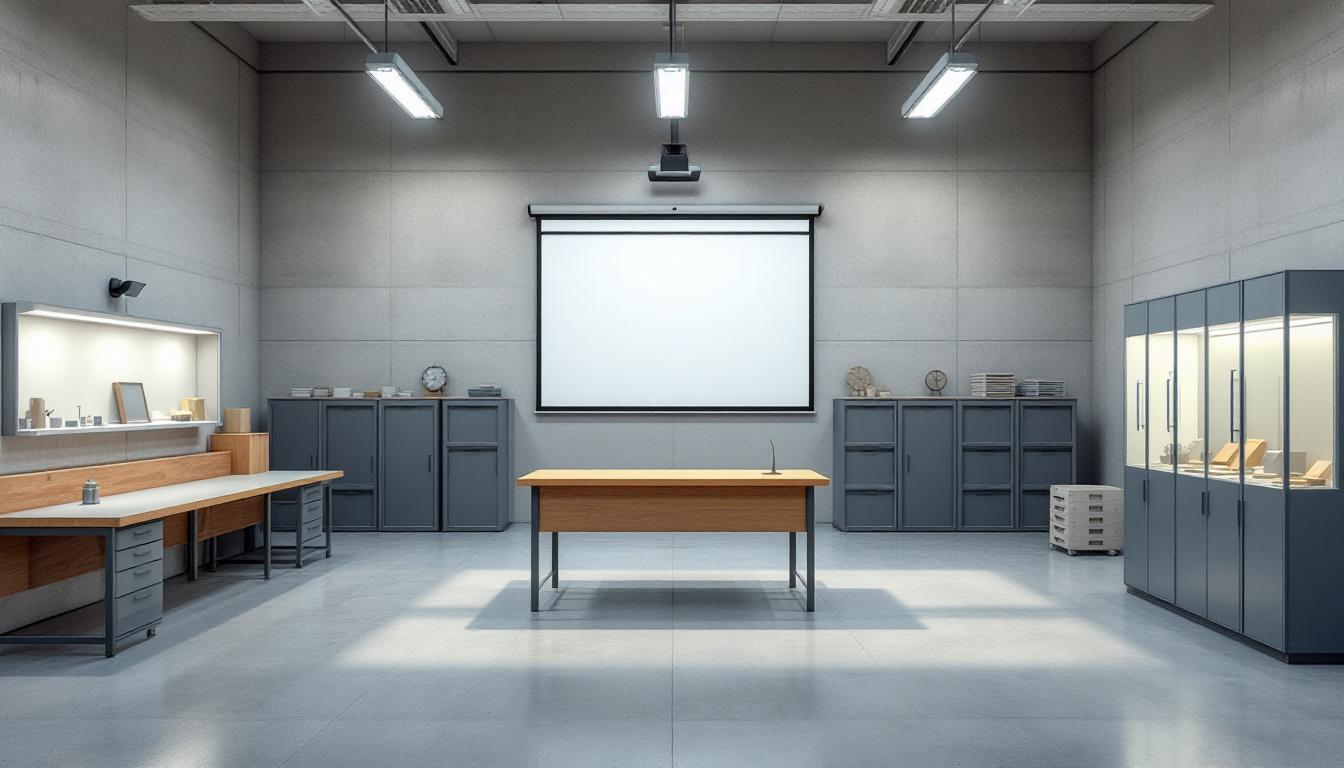
About Draper Correctional Center
Following a significant operational transition, Draper Correctional Facility has been repurposed to serve as a vocational and educational training center for inmates housed at nearby correctional facilities throughout Alabama. The facility, situated in Elmore, operates under the leadership of J.F. Ingram State Technical College to provide comprehensive training programs designed to enhance inmates' skills and preparation for eventual reintegration. This transformation represents a strategic shift from traditional housing operations to focused educational and vocational development services.
The training center typically offers various vocational programs that may include technical skills development, educational coursework, and professional certification opportunities. These programs often serve inmates from multiple facilities in the Elmore and Montgomery county areas, providing centralized access to specialized training resources. The facility's educational services may encompass basic literacy programs, GED preparation, and post-secondary educational opportunities designed to improve inmates' prospects for successful community reentry.
Located in Elmore County, Alabama, the facility benefits from its proximity to other major correctional institutions in the region, facilitating efficient program delivery and resource sharing. The center's focus on vocational and educational training aligns with broader correctional system goals of reducing recidivism through skill development and educational advancement. Staff members typically include educational professionals, vocational instructors, and support personnel who work collaboratively to deliver comprehensive training services to the inmate population served by this specialized facility.
Programs & Services
Following its closure as a housing facility in 2018, Draper Correctional Facility has been repurposed as a specialized training center that provides vocational and educational programs for inmates from nearby Alabama correctional facilities. Led by J.F. Ingram State Technical College, this transformation represents a focused approach to rehabilitation through skills development and educational advancement. The facility's new mission centers on preparing individuals for successful reintegration into society through comprehensive training opportunities.
The vocational and educational programs at the repurposed Draper facility typically include technical skills training, basic education courses, and workforce development initiatives designed to enhance employment prospects upon release. These programs may offer instruction in various trades and technical fields, along with literacy and numeracy support to help participants achieve educational milestones. The partnership with J.F. Ingram State Technical College often provides access to certified training programs that align with current job market demands in Alabama.
Beyond the core educational and vocational offerings, the facility may also provide life skills training, counseling services, and reentry preparation programs to support comprehensive rehabilitation. These services often include financial literacy education, communication skills development, and guidance on navigating community resources. The specialized focus on training and education reflects Alabama's broader commitment to reducing recidivism through meaningful programming that addresses both practical skills and personal development needs of incarcerated individuals.
Daily Life & Visitation
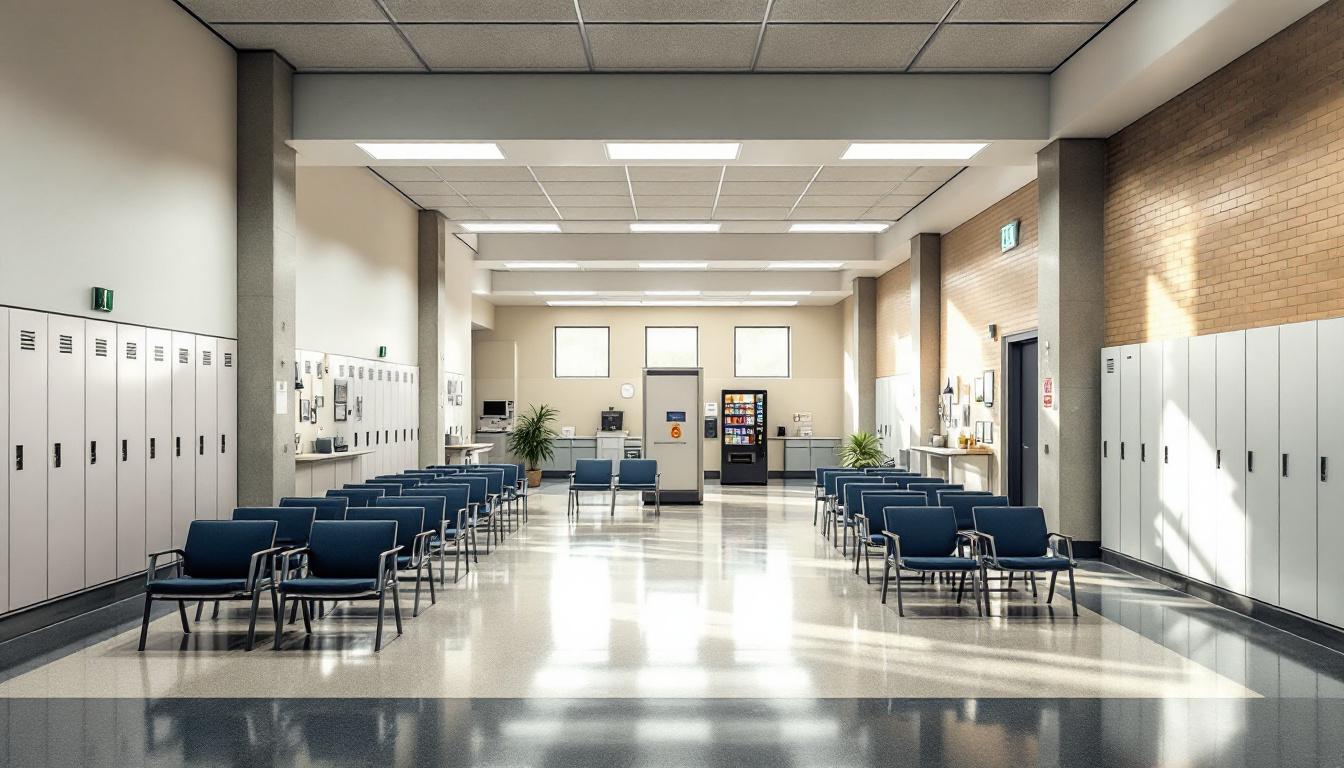
Based on the provided website information, Draper Correctional Facility was significantly overcrowded before its closure, housing nearly 1,000 inmates in a facility originally designed for 600. This overcrowding likely impacted many aspects of daily operations, from meal service timing to recreational activities and educational programming. The facility's age, dating back to 1938, meant that inmates typically experienced conditions in an older institutional setting with infrastructure challenges that required extensive repairs to meet modern standards.
Inmates at Draper would have followed structured daily schedules common to Alabama correctional facilities, which typically include designated times for meals, work assignments, educational programs, and recreation periods. Given the facility's eventual repurposing for vocational and educational training programs led by J.F. Ingram State Technical College, it's likely that educational opportunities were available to inmates during the facility's operation. Family communication and visitation would have followed Alabama Department of Corrections policies, though the overcrowded conditions may have affected scheduling and availability of these services.
The transition away from housing inmates at Draper, which began in March 2018, represented a significant change for those incarcerated there, as they were relocated to other major correctional facilities including Elmore, Staton, Kilby, and Tutwiler. This move was part of a broader effort to improve staffing levels and reduce overcrowding across Alabama's correctional system, potentially leading to better living conditions and more individualized programming at the receiving facilities.
Ready to Connect?
Start communicating with your loved one today
Search for an Inmate
